
El Salvador.
What We Do
Since 1990 Bioproductores breeds high quality and unique butterfly pupae.
Through our operation we protect a private forest Reserve and support research and Biodiversity conservation in El Salvador.
.
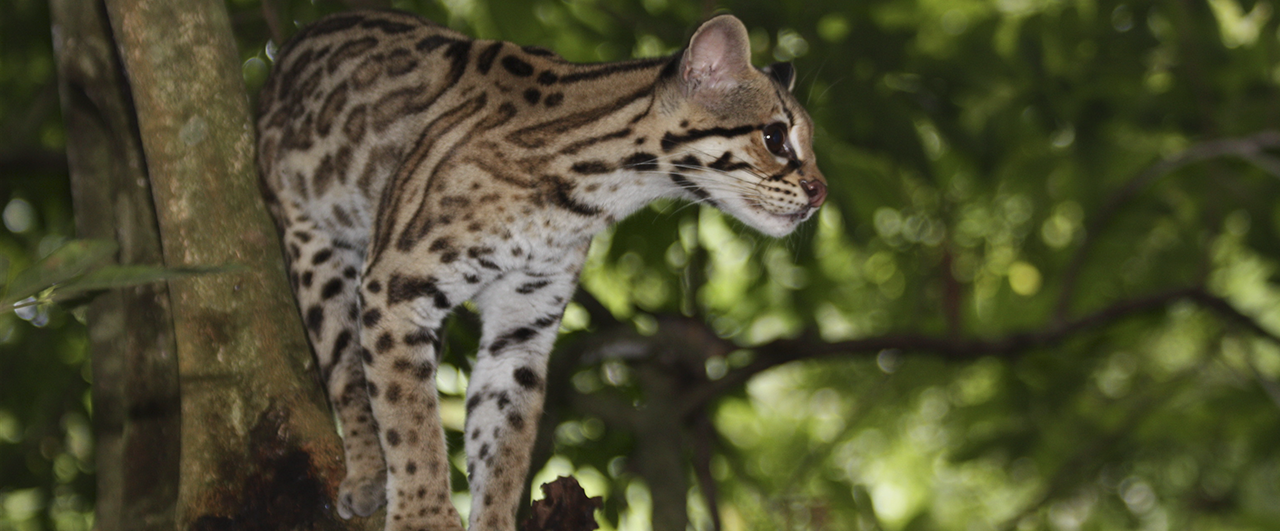
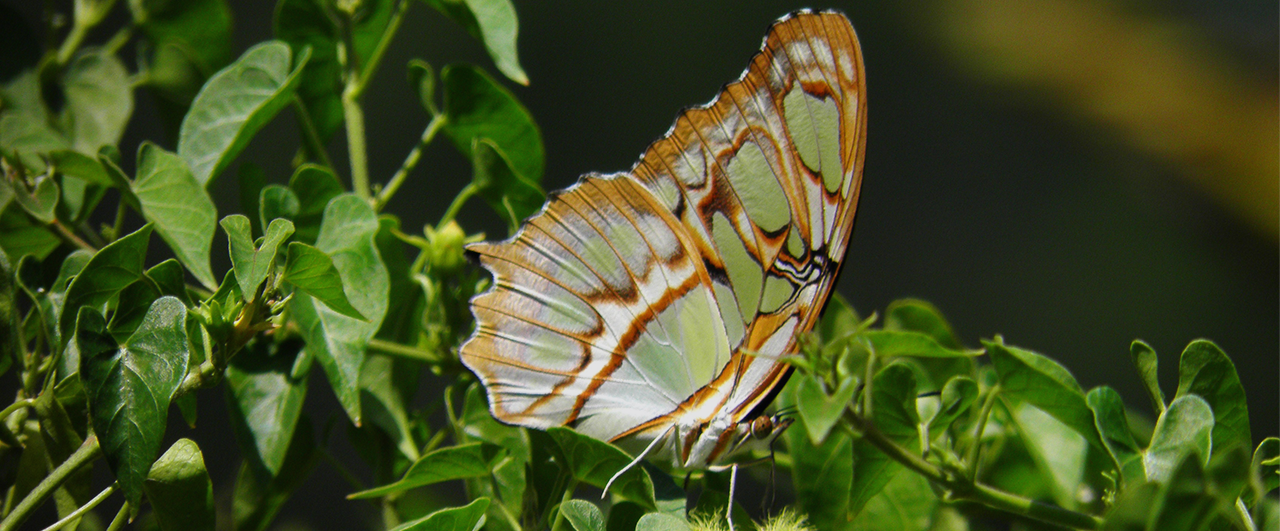
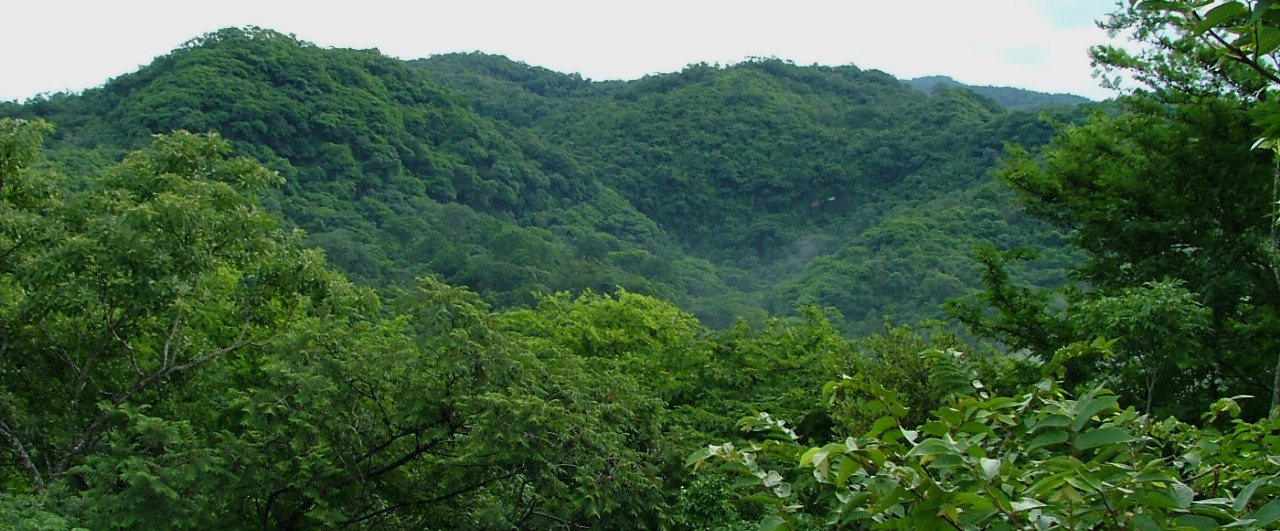
Who we are
BIOPRODUCTORES DE EL SALVADOR is the first Salvadorian enterprise oriented towards investigating and producing native fauna and flora for both commercial and conservation purposes. Our main activity is a native butterfly farm and Private Forest Reserve adjacent to the El Imposible National Park.
Some of our Butterflies
Anaea nobilis
Highly dimorphic, it is one of the rarest leafwings in western Central America. It usually keeps to the middle and higher levels of the forest,…
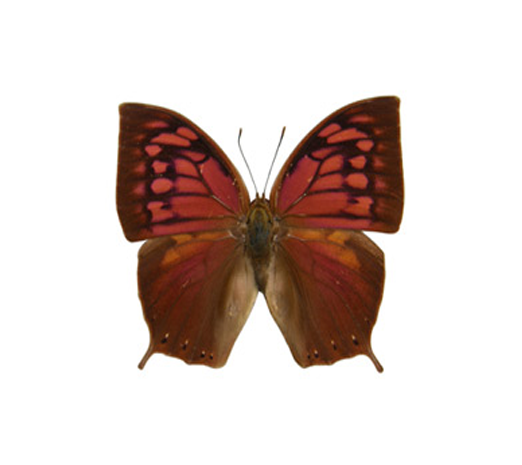
Anaea nobilis
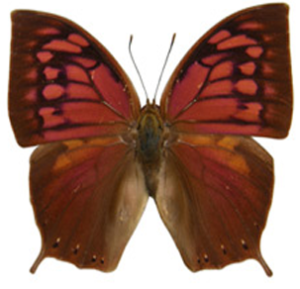 |
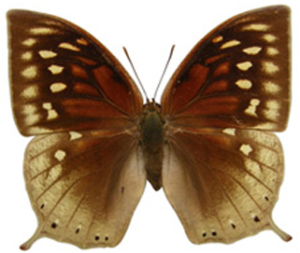 |
Highly dimorphic, it is one of the rarest leafwings in western Central America. It usually keeps to the middle and higher levels of the forest, but males will come down to fallen ripe fruits and the females seeking food plants upon which to lay their eggs.
Parides iphidamas & arcas males
The females of these two species lack the green on the forewing. P. arcas is the most attractive of the Salvadoran Parides, and can be…
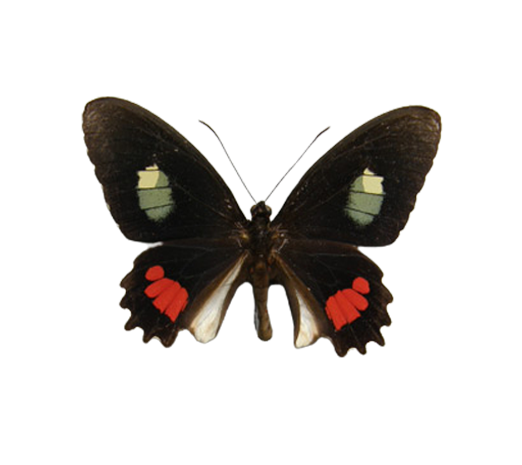
Parides iphidamas & arcas males
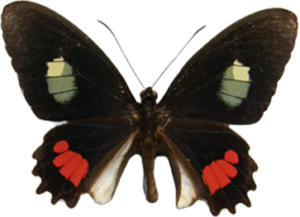 |
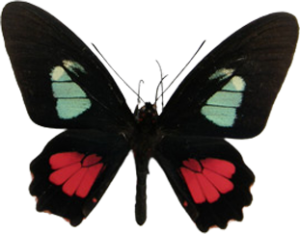 |
The females of these two species lack the green on the forewing. P. arcas is the most attractive of the Salvadoran Parides, and can be fairly common in open areas and forests throughout El Salvador, especially below 800 m.a.s.l. Parides iphidamas usually inhabits more developed humid forests at higher altituides. It can likewise be fairly common in adequate habitats.
Siderone nemesis
Our only “true red” or leaf wing butterfly. Callicore pitheas, also known as the “red 88”, is a much smaller butterfly. When seeking its food…
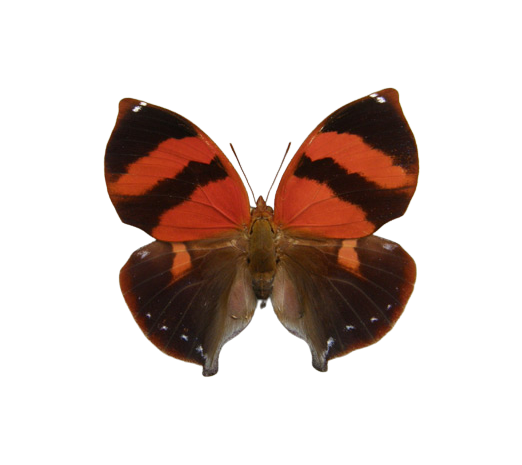
Siderone nemesis
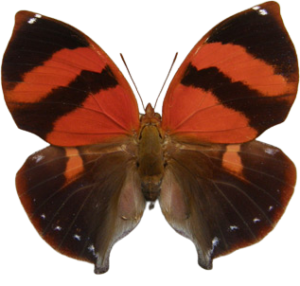
Our only “true red” or leaf wing butterfly. Callicore pitheas, also known as the “red 88”, is a much smaller butterfly. When seeking its food plant to lay eggs (or to seek females!), Siderones are often seen in fairly open and low vegetation. We were only recently able to breed this species in closed cycles, which required considerable modifications of our flight facilities, which in turn has resulted in butterflies that fly very well in closed exhibits, making all these efforts very worth while.
Caligo memnon
The common owl butterfly, Has never been reported to be a pest – as seemingly has been the case in banana plantations in neighbouring Honduras,…
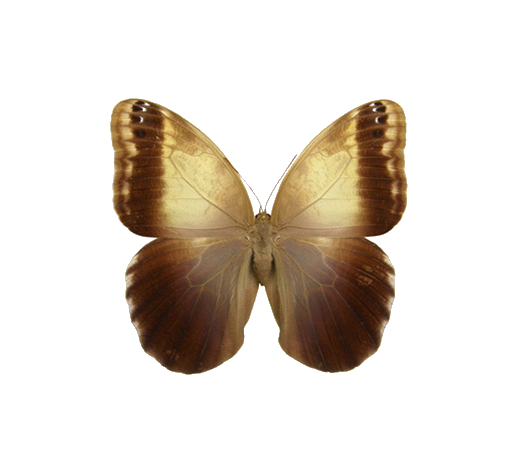
Caligo memnon
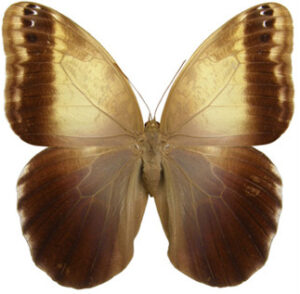
The common owl butterfly, Has never been reported to be a pest – as seemingly has been the case in banana plantations in neighbouring Honduras, as like with most butterfly species its populations are kept in check by parasitoids and other natural enemies. The underside, when inverted (the butterfly usually rests facing downwards with wings folded) is what becomes the “face of the owl” and reputidly scares away prowling birds. The frequency with which adult butterflies are encountered with missing chunks of their hindwings gives testimony to thew frequency and reality of this dangerous predation.
Papilio astyalas
Thoughy rarely seen or colected, this species can be verylocally common, especially in western El Salvador close to the El Imposible national park. Female are…
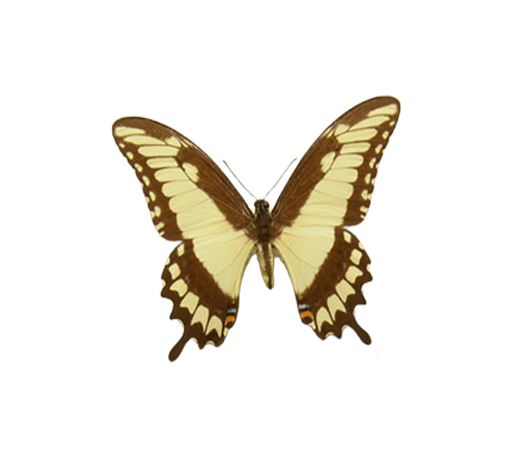
Papilio astyalas
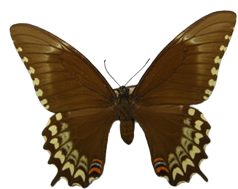 |
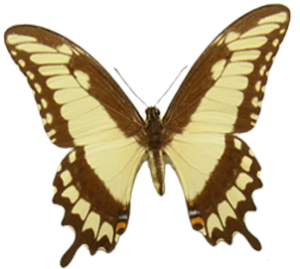 |
Thoughy rarely seen or colected, this species can be verylocally common, especially in western El Salvador close to the El Imposible national park. Female are quite variable, some even having red or clue bands on the hindwings. Most are kind of “drabishly” green or greenish yellow, like the one here illustrated. Both males and females can be see in fields of porterweed in the early moprning, after which the females will depart to seek food plants upon which to lay their eggs.
Papilio garamas
The largest Central American swallowtail and undoubtedly the precursor species of Papilio homerus, the largest American Papilio restricted to the island of Jamaica. The female…
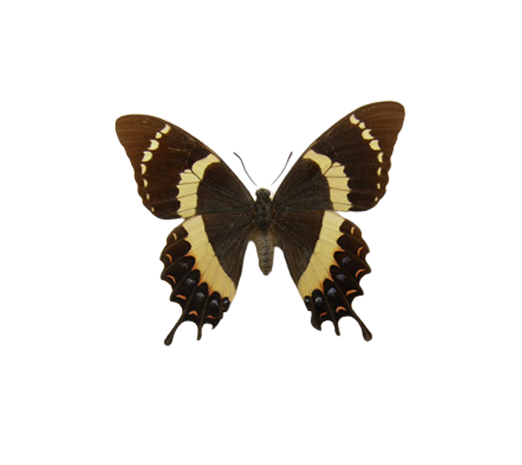
Papilio garamas
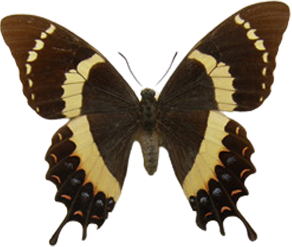 |
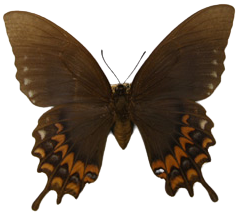 |
The largest Central American swallowtail and undoubtedly the precursor species of Papilio homerus, the largest American Papilio restricted to the island of Jamaica. The female has two forms: a yellow and black form similar to the males (but larger and with blue spots on the hind wing), and a red form with no yellow, as illustrated. Likes to fly or soar high, and does not keep its wings in motion when feeding on flowers.
More than 30 years doing research, protecting native fauna and flora and breeding butterflies for both commercial and conservation purposes.
ACRES
RECOVERED FORESTS
SPECIES OF BUTTERFLIES
